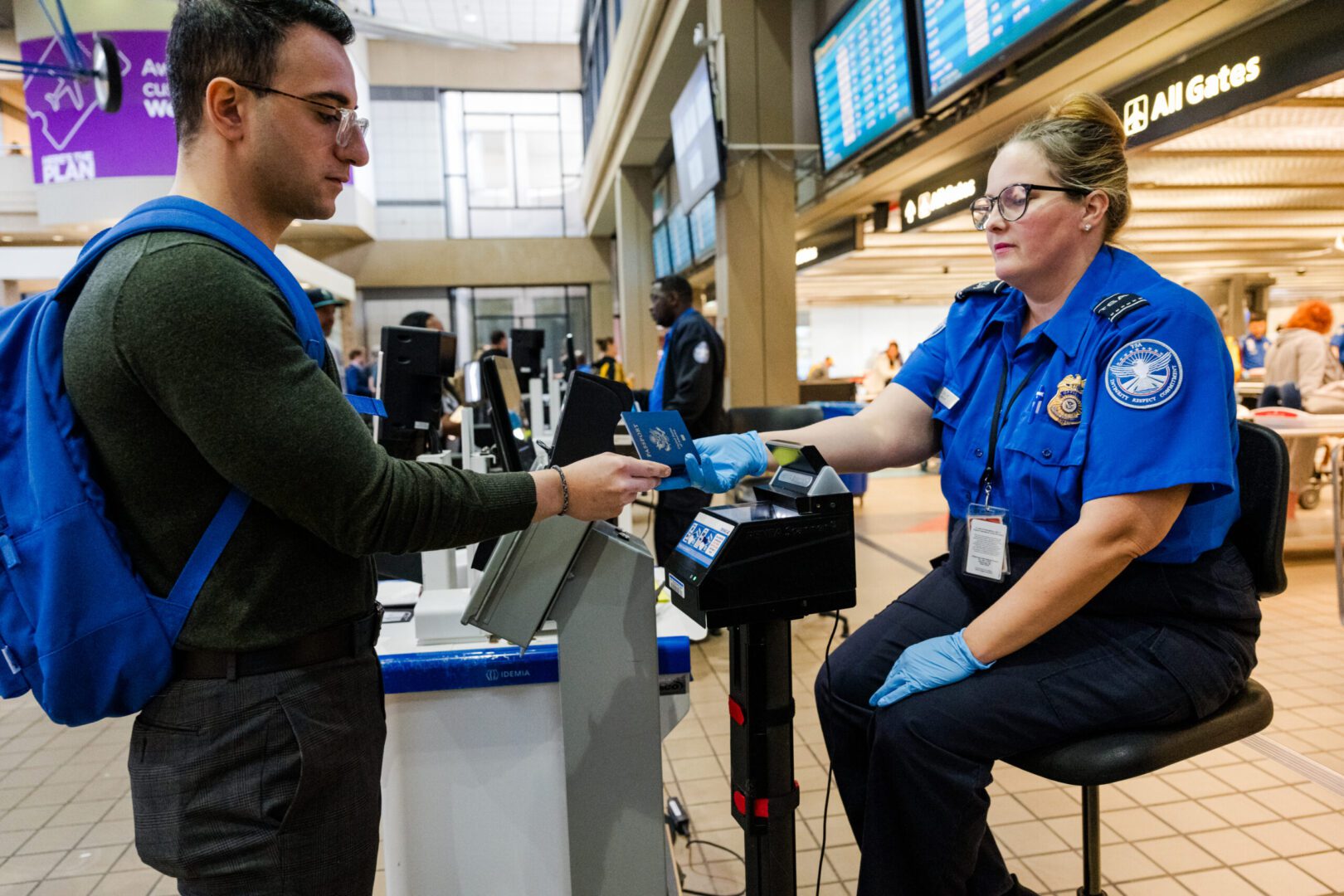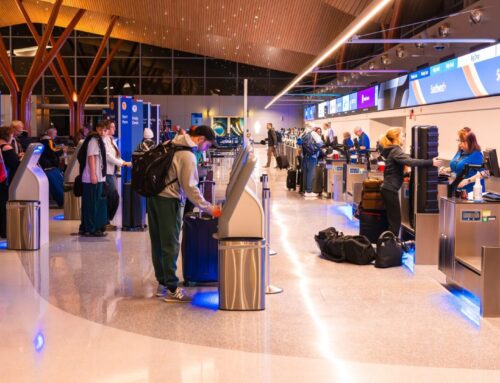No More Delays: Renew Your Passport Online
Service currently available to adults whose passports have expired within the last five years
By Rick Wills
Published October 7, 2024
Read Time: 3 mins

Renewing a passport just got much easier and faster.
Americans can now, at no extra cost, renew their passports online, eliminating a slow paper application process by mail that frequently caused delays.
The State Department announced last week that its online renewal system is now fully operational and available to adult passport holders whose passport has expired within the past five years or will expire in the coming year.
The renewal system is not available to renew children’s passports, for first-time passport applicants, renewal applicants who live outside the United States or expedited applications.
U.S. passports are good for 10 years, and passport holders can renew online and pay by credit or debit card. Eligible applicants must be 25 or older, be renewing a passport issued between 2009 and 2015, and live in a U.S. state or territory. Applicants will also have to upload a digital passport photo. You must have your old passport.
“By offering this online alternative to the traditional paper application process, the Department is embracing digital transformation to offer the most efficient and convenient passport renewal experience possible,” Secretary of State Antony Blinken said in a statement.
About 5 million Americans a year will be able to use this service, the department estimates. Last year, it processed 24 million passports. About 40 percent were renewals.
There will be no change to the existing passport processing fees, currently $130 for a regular renewal.
Assistant Secretary of State for Consular Affairs Rena Bitter, whose bureau oversees passport processing, said the department hopes to expand the program in the coming years to possibly include Americans living abroad, those seeking to renew a second passport and children’s passports.
“This is not going to be the last thing that we do,” she said, as reported by the Associated Press. “We want to see how this goes and then we’ll start looking at ways to continue to make this service available to more American citizens in the coming months and years.”
End of long waits?
A year and a half ago, a record number of passport applications slowed the State Department’s passport processing and endangered international trips for many travelers. Some travelers drove hundreds of miles to renew passports, while elected federal officials received thousands of angry phone calls from constituents whose foreign travel plans were in jeopardy.
In March 2023, the government extended processing times to 10 to 13 weeks for routine service and seven to nine weeks for expedited submissions.
“We had people who were very anxious. Anything to speed things up is good,” Bob Thompson, owner of the Ambassador Travel agency outside of Pittsburgh, said of online renewal.
Thompson’s travel career started in 1965, when he worked as a reservation agent for Trans World Airways (TWA), the iconic airline that folded in 2001. He said he was stunned by the change.
“I still don’t quite understand how they keep it secure. It’s a big change for the better,” he said.
Mobile licenses
Other digital changes are underway.
More than a dozen states, including California and Hawaii, now offer mobile driver’s licenses. Other states, including Montana, New Mexico and West Virginia, say they will soon have them.
Some of these digital IDs can be downloaded to Apple or Google Wallets. Others, like New York State’s mobile license, require you to download an app. For IDs stored in Apple Wallet, travelers can even show a license using an Apple Watch.
Real ID starts next year
The Department of Homeland Security says that travelers who want to use their driver’s licenses for domestic travel should update them by May 7, 2025. Real IDs are marked with a star — generally gold or black — and vary in appearance by state.
However, the T.S.A. recently proposed a rule to allow for a two-year transition to full enforcement of Real ID, saying that as of January, only about 56 percent of U.S. driver’s licenses were Real ID-compliant.






